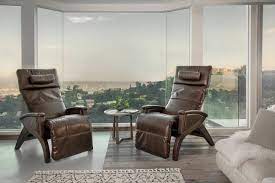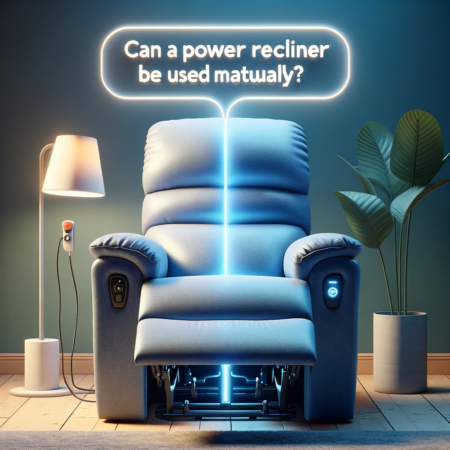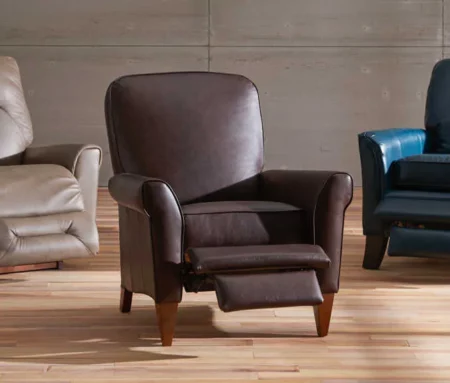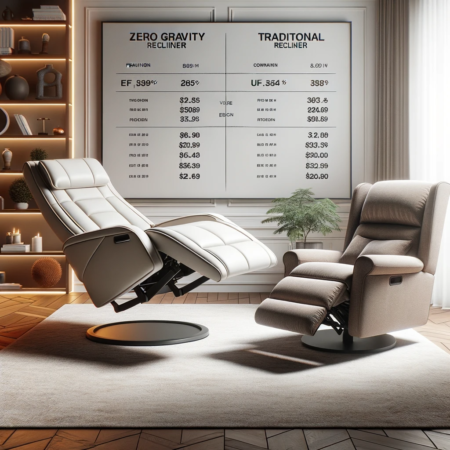Recliners can be a great addition to any home, but they can also be a pain if they keep sliding around on the carpet.
There are a few simple things you can do to prevent this from happening.
One option is to use a rubber rug pad beneath the carpet. This will create a more textured surface that will help to keep the recliner in place.
Another option is to invest in a heavy-duty carpet.
This type of carpet will be less likely to slide around, even when the recliner is being used.
Finally, you can also use rubber pads on each furniture leg. This will create a more secure grip on the floor and prevent the recliner from moving.
Why Does My Recliner Slide on the Carpet?
Before we delve into the solutions, let’s understand why recliners tend to slide on carpets.
1. The Type of Carpet
The type of carpet you have can influence the recliner’s sliding tendencies.
For instance, carpets with low piles or minimal texture provide less friction, making it easier for the recliner to slide.
On the other hand, high-pile carpets or those with thicker textures offer better traction.
2. The Type of Recliner
The design and construction of your recliner can also impact its stability on the carpet. Recliners with narrow or small feet are more prone to sliding than those with broader or larger feet.
Additionally, the material of the recliner’s feet can affect the grip.
3. The Condition of the Carpet
The condition of your carpet plays a significant role in the recliner’s sliding behavior.
If the carpet has worn-out or flattened areas, it reduces the grip between the recliner’s feet and the carpet surface, leading to increased sliding.
4. The Weight of the Recliner
The weight of the recliner itself affects its stability.
Heavier recliners tend to have better traction on the carpet, while lighter ones may slide more easily. Consider the weight of your recliner when exploring solutions to prevent sliding.
How to Keep Recliner From Sliding on Carpet? DIY Solutions
You can keep your recliner from sliding on the carpet with various methods. Let’s explore some of the DIY ways.
1. Use Rubber Gripper Pads
Rubber gripper pads are an excellent DIY solution for preventing recliner sliding. These pads are made of non-slip rubber material and provide an enhanced grip between the recliner’s feet and the carpet.
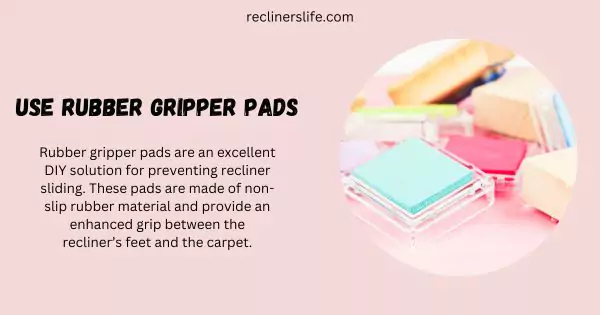
They are easily available at hardware or home improvement stores. To use them, follow these steps:
- Step 1: Clean the area beneath each recliner foot to remove any dust or debris.
- Step 2: Place the rubber gripper pad on the carpet directly beneath each foot of the recliner.
- Step 3: Make sure the gripper pad is properly aligned with the foot, providing full coverage.
- Step 4: Press down firmly to ensure a secure attachment between the pad and the carpet.
- Step 5: Test the recliner’s stability by gently applying pressure in different directions.
Rubber gripper pads offer a cost-effective and easy-to-implement solution for keeping your recliner in place on the carpet.
2. Place Furniture Blocks Under the Recliner Legs
Another simple DIY solution involves using furniture blocks to create a stable base for your recliner.
Furniture blocks can be wooden or plastic blocks of appropriate height that are placed beneath the legs of the recliner. Follow these steps:
- Step 1: Measure the height required to prevent sliding and select suitable furniture blocks.
- Step 2: Clean the area beneath each recliner foot to ensure a clean surface.
- Step 3: Position the furniture blocks under each leg of the recliner, ensuring stability and balance.
- Step 4: Double-check that the blocks are aligned with the feet and firmly in place.
- Step 5: Test the recliner’s stability by applying pressure in different directions.
Furniture blocks provide a solid and customizable solution to prevent recliner sliding. They are affordable and can be easily adjusted to achieve the desired height and stability.
3. Use a Rug Pad
Using a rug pad beneath your recliner can significantly reduce sliding by increasing friction between the carpet and the recliner’s feet.
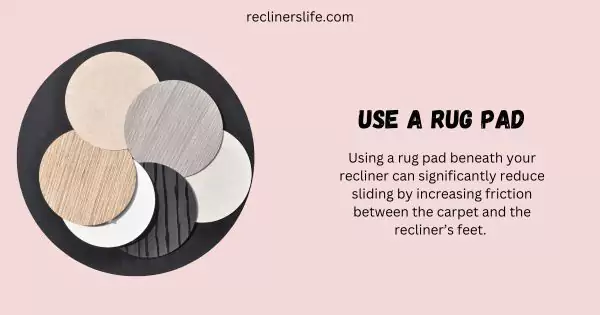
A rug pad is a cushioned underlay designed to keep rugs in place, but it can be equally effective for preventing recliners from sliding. Here’s how to use a rug pad:
- Step 1: Measure the area beneath the recliner’s legs to determine the size of the rug pad needed.
- Step 2: Clean the designated area on the carpet to remove any dirt or debris.
- Step 3: Unroll the rug pad and place it on the carpet, ensuring it covers the entire footprint of the recliner.
- Step 4: Position the recliner legs on top of the rug pad, pressing down gently to ensure contact.
- Step 5: Verify that the rug pad provides adequate grip by testing the recliner’s stability.
A rug pad not only prevents recliner sliding but also offers additional cushioning and protection to your carpet.
4. Add a Non-Slip Adhesive to the Recliner Legs
Non-slip adhesives are sticky materials specifically designed to enhance the grip between the recliner’s feet and the carpet.
These adhesives create a temporary bond that prevents sliding. Follow these steps to use non-slip adhesive:
- Step 1: Clean the feet of your recliner to remove any dirt or debris.
- Step 2: Apply a small amount of non-slip adhesive to the bottom of each leg, ensuring even coverage.
- Step 3: Allow the adhesive to dry according to the manufacturer’s instructions.
- Step 4: Test the recliner’s stability by gently exerting pressure in different directions.
Non-slip adhesives offer a quick and adjustable solution to keep your recliner in place on the carpet. They are readily available in most hardware or home improvement stores.
How to Keep Recliner From Sliding on Carpet: Commercial Solutions
If you want to invest some bucks, let’s explore some commercial solutions.
1. Purchase Furniture Sliders
Furniture sliders are handy tools designed to minimize friction and make moving heavy furniture easier.
They can also be used to prevent recliners from sliding on the carpet.
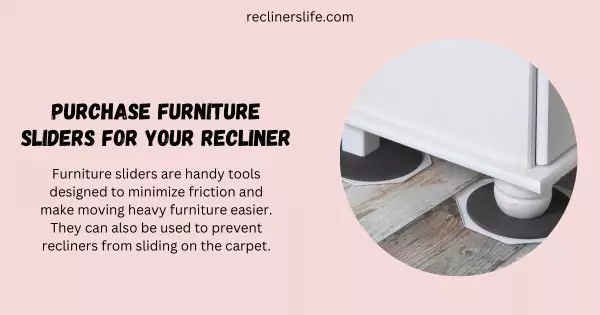
Furniture sliders typically consist of a smooth surface, such as plastic or felt, that reduces the resistance between the recliner’s feet and the carpet. Follow these steps:
- Step 1: Clean the area beneath each recliner foot to ensure a clean surface.
- Step 2: Place a furniture slider beneath each leg of the recliner, making sure they are aligned with the feet.
- Step 3: Gently press down on the recliner to test its stability.
Furniture sliders offer a convenient and effortless solution for preventing recliner sliding. They allow smooth movement while keeping your recliner securely in place.
2. Use a Furniture Anchor
A furniture anchor is a device designed to secure furniture to the floor, preventing tipping and sliding. Using a furniture anchor can provide a stable and safe reclining experience. Here’s how to use it:
- Step 1: Select a suitable furniture anchor based on the size and weight of your recliner.
- Step 2: Install the anchor according to the manufacturer’s instructions, ensuring it is firmly attached to the floor.
- Step 3: Connect the anchor to your recliner, securing it to the designated attachment point.
- Step 4: Test the recliner’s stability by applying pressure in different directions.
A furniture anchor provides an effective solution for preventing both sliding and tipping of your recliner. It offers peace of mind and enhanced safety.
3. Install a Floor Gripper
A floor gripper, also known as a carpet gripper or rug gripper, is a device that attaches to the underside of your recliner to increase traction on the carpet.
It typically consists of adhesive material or gripper teeth that firmly grasp the carpet fibers. Here’s how to install a floor gripper:
- Step 1: Clean the area beneath each recliner foot to ensure a clean surface.
- Step 2: Apply a floor gripper to the underside of each leg, making sure they are aligned with the feet.
- Step 3: Press down firmly to ensure a secure attachment.
- Step 4: Test the recliner’s stability by applying pressure in different directions.
A floor gripper provides a reliable and long-lasting solution for preventing the recliner from sliding on the carpet. It offers strong grip and stability, even on smooth or slippery surfaces.
Conclusion
Preventing your recliner from sliding on the carpet is crucial for maintaining a comfortable and secure seating experience.
By considering factors such as the type of carpet, type of recliner, condition of the carpet, and weight of the recliner, you can choose the most suitable solution.
Whether you opt for DIY solutions like rubber gripper pads, furniture blocks, rug pads, or non-slip adhesives, or prefer commercial options such as furniture sliders, furniture anchors, or floor grippers, there is a solution to fit your needs.
Frequently Asked Questions
How do I keep my chair from sliding on the carpet?
To keep your chair from sliding on the carpet, you can try using rubber gripper pads, furniture blocks, rug pads, or non-slip adhesives. These solutions provide increased traction and stability.
How do I protect my carpet from a recliner?
You can protect your carpet from a recliner by using rug pads or floor grippers. These accessories create a barrier between the recliner’s feet and the carpet, minimizing friction and potential damage.
How do I stop my recliner from tipping over?
To prevent your recliner from tipping over, ensure that it is placed on a stable and level surface. Additionally, consider using furniture anchors or attaching them to a wall for added security.
How do you lock a recliner?
The locking mechanism varies depending on the recliner model. Consult the recliner’s manual or contact the manufacturer to learn how to lock your specific recliner model securely.
